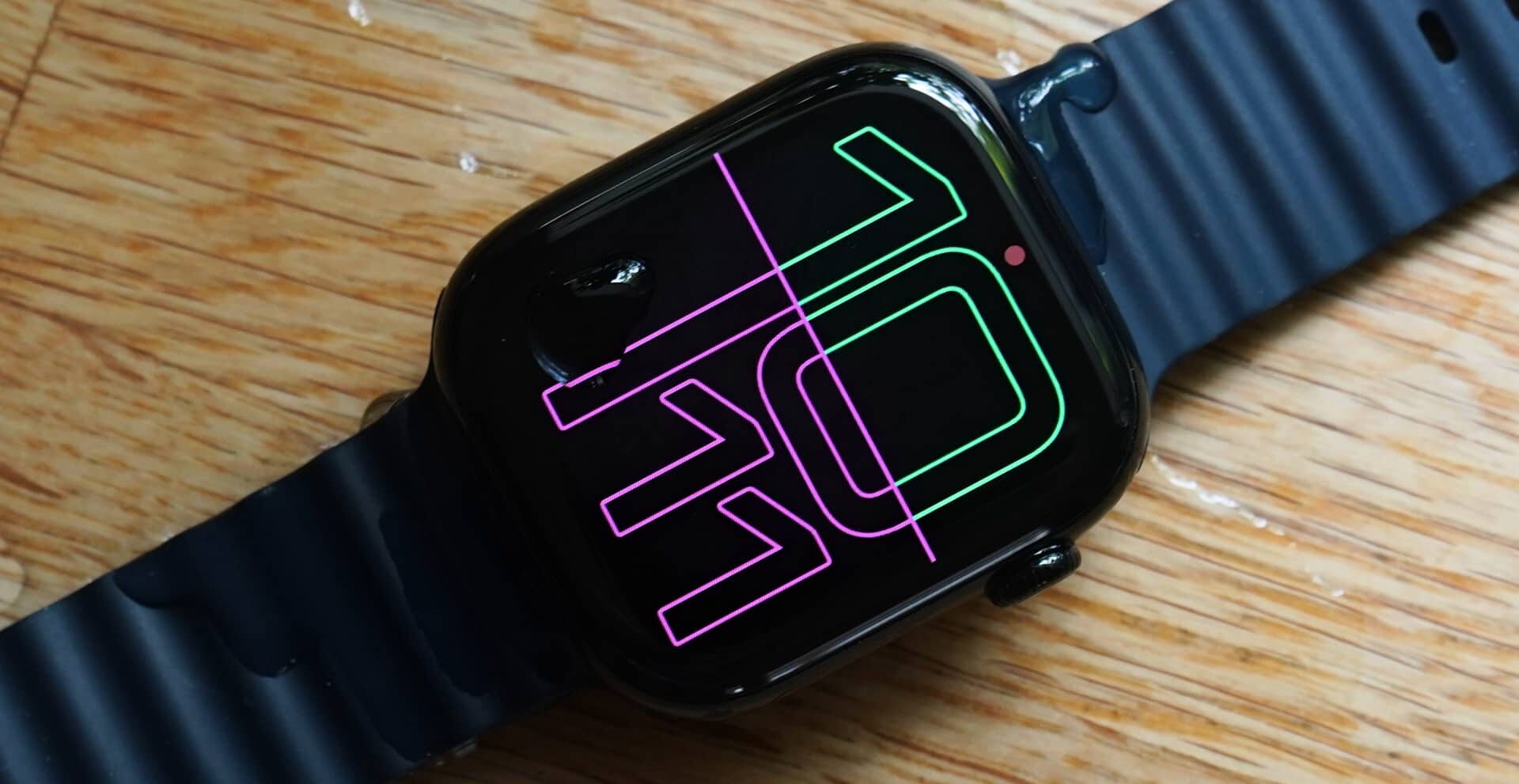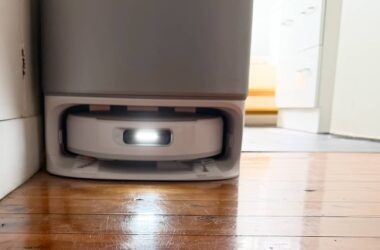Quick review
The good
The not-so-good
Ten years on, the Apple Watch is getting a bigger screen and a new design. Is there more to the Apple Watch Series 10 beneath the surface?
Your watch could well be the centre of your digital life, but depending on how much you’ve embraced technology, you may find another gadget playing a feature role: the smartwatch.
No longer just a timekeeper, these days the smartwatch is about your health, about paying for things with your wrist, and about extending your phone to another position on your body.
Sure, you could take out your phone every time there’s a notification or call, but why do that when you can just field the message at arm’s length. Literally.
Every year, we see changes from wearable makers to improve their wearables in various ways, and this year, the Apple Watch is doing it in the most visible way possible: a new design.
Thinner and lighter than before, the Series 10 Apple Watch brings with it a refined look and a bigger screen. Is it the best Apple Watch and an ideal upgrade?
Design and features
Technology can change a lot in only a few years, so when a gadget hits its tenth birthday, you have to wonder what new features are planned.
In the case of the Apple Watch Series 10, the new feature is more the design than anything else, as Apple retains almost everything that worked for the previous generation of Apple Watch, and instead improves the aesthetics.

The profile is thinner with even more rounded corners — which says something given they were rounded to begin with — while the materials see some chemical changes you won’t even think abut.
The titanium is polished and replaces stainless steel, much like it did on the iPhone 15 Pro, while the aluminium “Jet Black” finish is made with a 30-step process to build a deep, glossy black that makes the Watch look that much sleeker, almost like a time travelling gadget sent to you from the future.
Measuring 9.7mm, it’s a watch that manages to be thinner by a grand total of one millimetre, which might not seem like much, but does manage to get the size down.
While the physical size of the Apple Watch gets slimmer, the display actually gets larger, adopting a 46mm screen that is a little bigger than the Series 7’s 45mm case, and a lot bigger than the Series 5’s 44mm case (around 25 percent bigger, no less).
It’s bigger, even if it’s not quite as large as the 49mm Apple Watch Ultra screen. However, because the edges curve over the sides, it manages to look just as large, missing the look of the obvious bezel its bigger brother has. It even manages to look bigger than the 45mm Series 9 before it, even if there’s a minuscule difference of 1mm.
Inside, the Watch Series 10 will feel a lot like the Series 9, save for a few pieces of hardware. There’s a new S10 chip and an improved speaker so you can listen to music and podcasts directly on the watch itself, but the connections, sensors, and other internals are largely the same as they were last year.

In-use
While a new design might be the thing you look at, alongside it is a new version of the operating system, watchOS 11. This continues much of what we’ve seen prior, while expanding a few other features.
You’ll find a list view and a grid view for your apps — dealer’s choice — plus a new watch face called “Flux” that we’ve taken a liking to, showing the time ticking by as it fills the screen with a new colour. It’s a great use for that larger display, with Flux’s colours filling everything up and brightening your wrist.
There’s more than just Flux, with several analogue and digital watch faces to choose from, each with its own level of complications you can edit to match your needs. Folks who love using their photos will find improvements to the Photos watch face, much like there is for the iPhone’s home screen.

The most obvious change has to do with your widgets, which now display based om need. Location and time might bring up the weather, while playing music will push that widget right to the top of the list. It’s a widget stack that seems more useful overall, and allows you to bypass the needing to jump into each and every app to use your wearable.
Another great inclusion is Apple’s Translate app, which allows you to simply say a phrase in one language and have both the written and verbal version displayed on your wrist. The idea could make it easier to communicate when you’re travelling, and will mean glancing at your watch to know what to say, rather than looking at your phone the entire time.
The Series 10 even inherits the water depth feature from the more expensive Watch Ultra models, which you can set to trigger whenever the watch detects you’re descending into water.
Beyond the changes, using the Watch is just about as easy as it ever was, regardless of the app you’re using.
Touch the screen and apply some gestures, or even use the one hand gesture for pinching to scroll down, and you’ll be able to work through the various screens the Apple Watch has to offer. There’s also the Digital Crown on the very right, a dial of sorts that you can use to scroll through screens and options, also pressing it for a button.
You won’t find the extra button from the side of the Apple Watch Ultra, but you may not need it. The massive screen on the 46mm review unit we checked out helps make the watch easier to use in general.
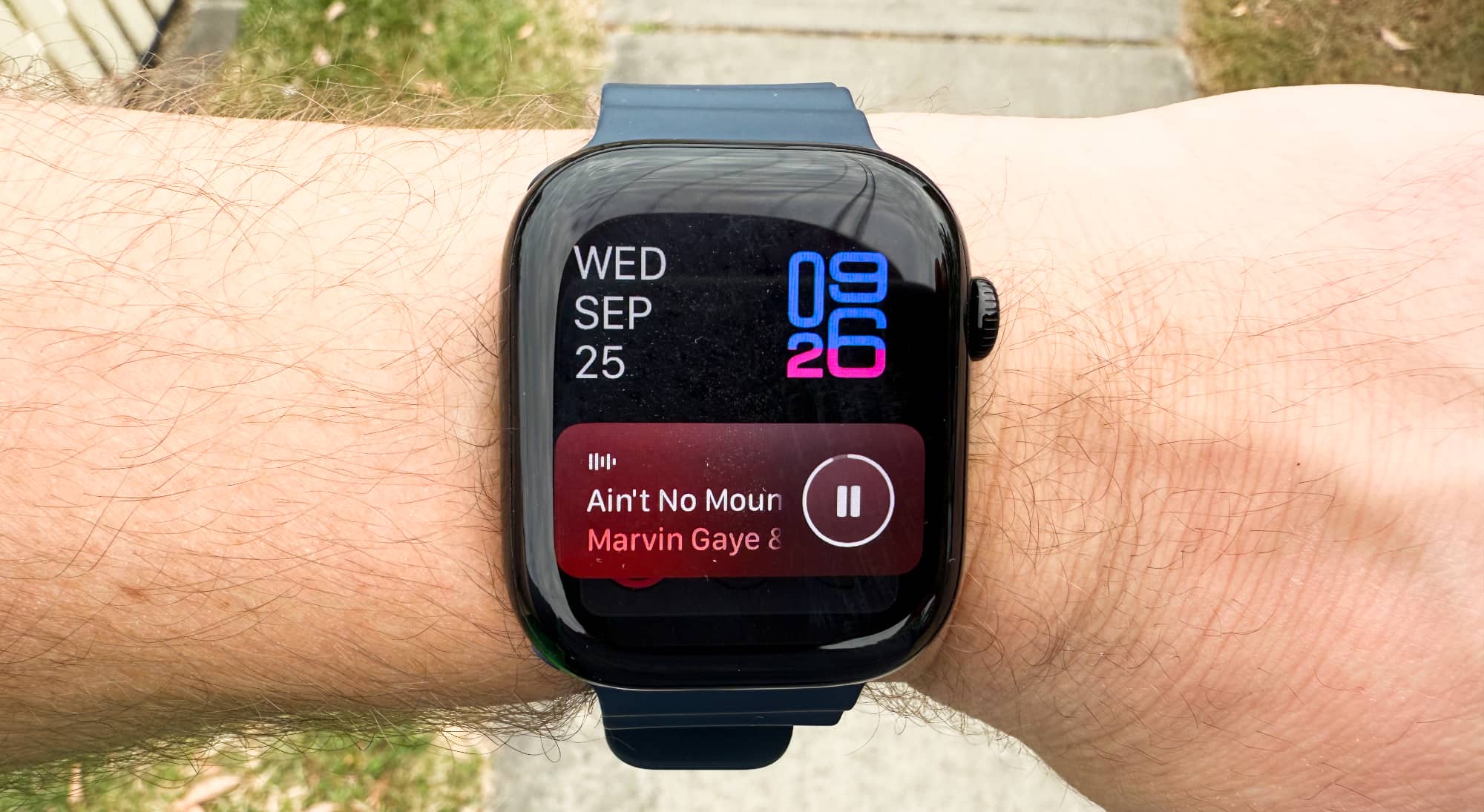
Performance
A new chip sits underneath everything in the Apple S10, a processor that sports the usual assortment of processor and Neural Engine AI technology from Apple, though what makes this chip entirely different we’re not sure.
What we can say is the Series 10 feels as solid in performance as the Series 9 did previously, and the Apple Watch Ultra 2. The clock faces never stall when you need to wake it up, and jumping between apps is quick and easy, as well.
Ideally, you want a smartwatch to be fast and seamless, and that’s what the Series 10 is.
Health features
One of the main reasons to consider any wearable is the assortment of health features, and this one doesn’t disappoint.
Nothing appears to be technically new this generation, but Australians can find support for heart rate, electrocardiography (ECG), wrist temperature, and blood oxygen, the latter of which is something users in the US don’t have access to.
Here in Australia, all of those health features work, though one launched in the US with the Series 10 we’re missing out on: sleep apnoea tracking is missing in action locally for the moment.
While no new sensors is a bit of a downer, Apple does have a new health app in Vitals, a small shortcut hub of sorts that quickly provides heart rate, respiratory rate, temperature, blood oxygen, and sleep tracking in the one app, with links to quickly jump into the dedicated app for each. Think of Vitals as your quick way to get a glance on your health via your Apple Watch.
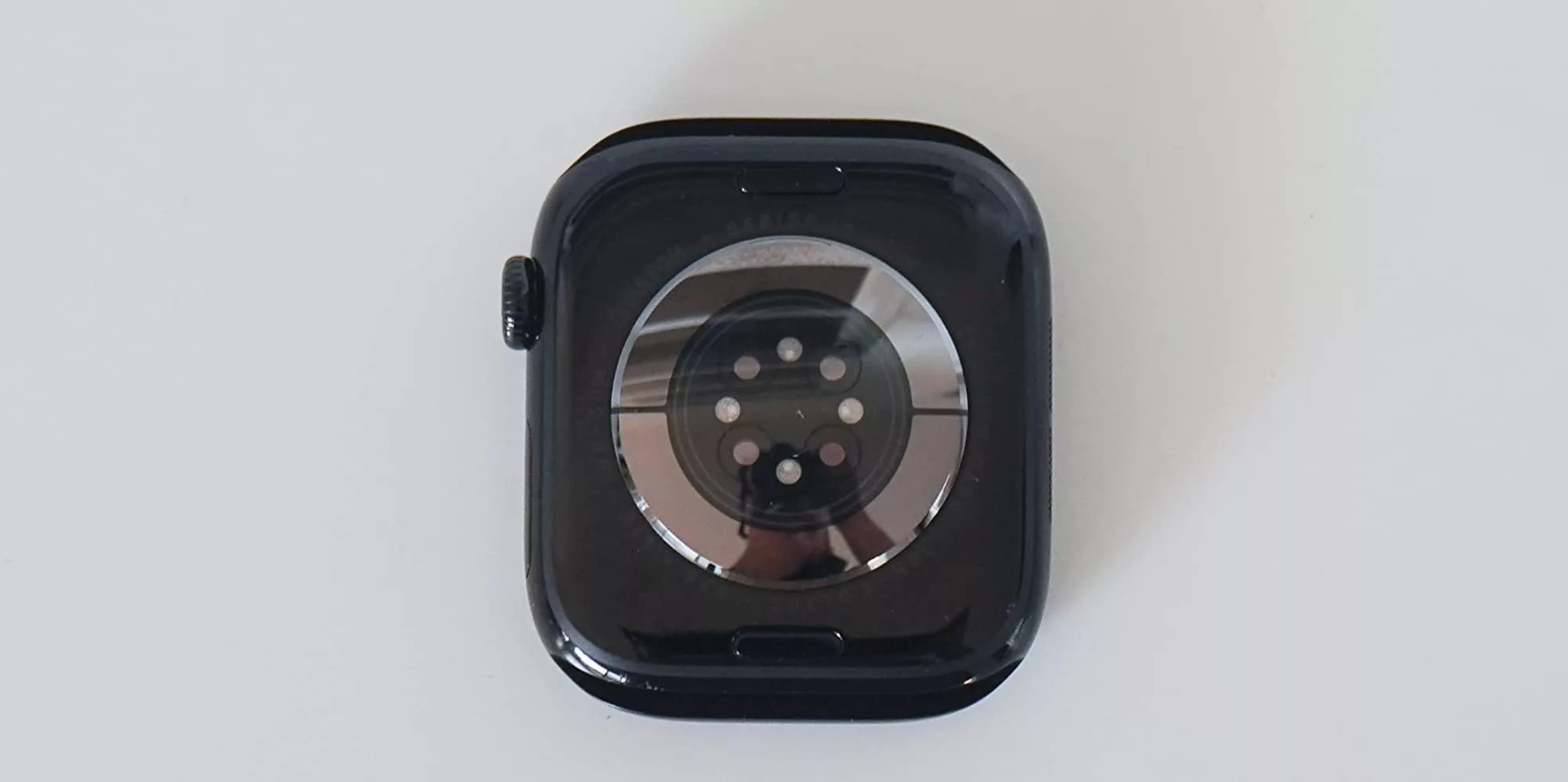
Battery
That’s a little bit of new, something the battery life doesn’t really benefit from.
Like previous Apple Watch models, the most you’ll really get out of the Series 10 is a day, with roughly 24 hours possible, albeit slightly uncomfortably. You’ll want to rush to a charger quickly as that 24th hour is reached.
For the past year, we’ve been rocking the Apple Watch Ultra 2, a meatier wearable with easily twice the battery life. It’s difficult to go back to a one day wearable when this is supposed to be the new model, and a reminder that this watch will need a charge every night, or possibly every morning after it has finished tracking our sleep.
Apple has improved the charging speed, which can help to overcome some of the problems with the battery life, but the maximum of a day was consistent in our time with the watch, particularly with the always-on screen was turned on. Instead of waiting around for an hour, the battery can be charged up to 80 percent in under 30 minutes, making it slightly more reliable provided you keep a watch charger nearby.

Value
The value is the other question mark, though it always has been for a while, and was made more questionable since the Apple Watch Ultra arrived a couple of years ago.
Starting at $649 for the model lacking mobile access and from $809 for that option, the Apple Watch isn’t cheap, or even inexpensive. Those prices are for the 42mm aluminium models without cellular, and we’re reviewing the 46mm aluminium with cellular, which costs $859 in Australia. That’s close to $1K in an aluminium body that also somehow misses out on sapphire glass, an option that you can only get if you spend up on the titanium models from $1199.
In fairness to Apple, all the titanium models now sport mobile as a feature, so you’re really just picking between the 42mm $1199 titanium Series 10 and the 46mm $1279 equivalent. Neither is inexpensive, and is only $120 away from the thicker $1399 Apple Watch Ultra 2 with its better battery life.
For that price, the Watch Ultra 2 still feels like the best value premium Apple Watch in the line-up, simply because you’ll get durability and great battery life together. It’s still available, and even comes in a similar black option now, as well.
Meanwhile, the Series 10 aluminium isn’t an awful price for what you get, but it could always be better.
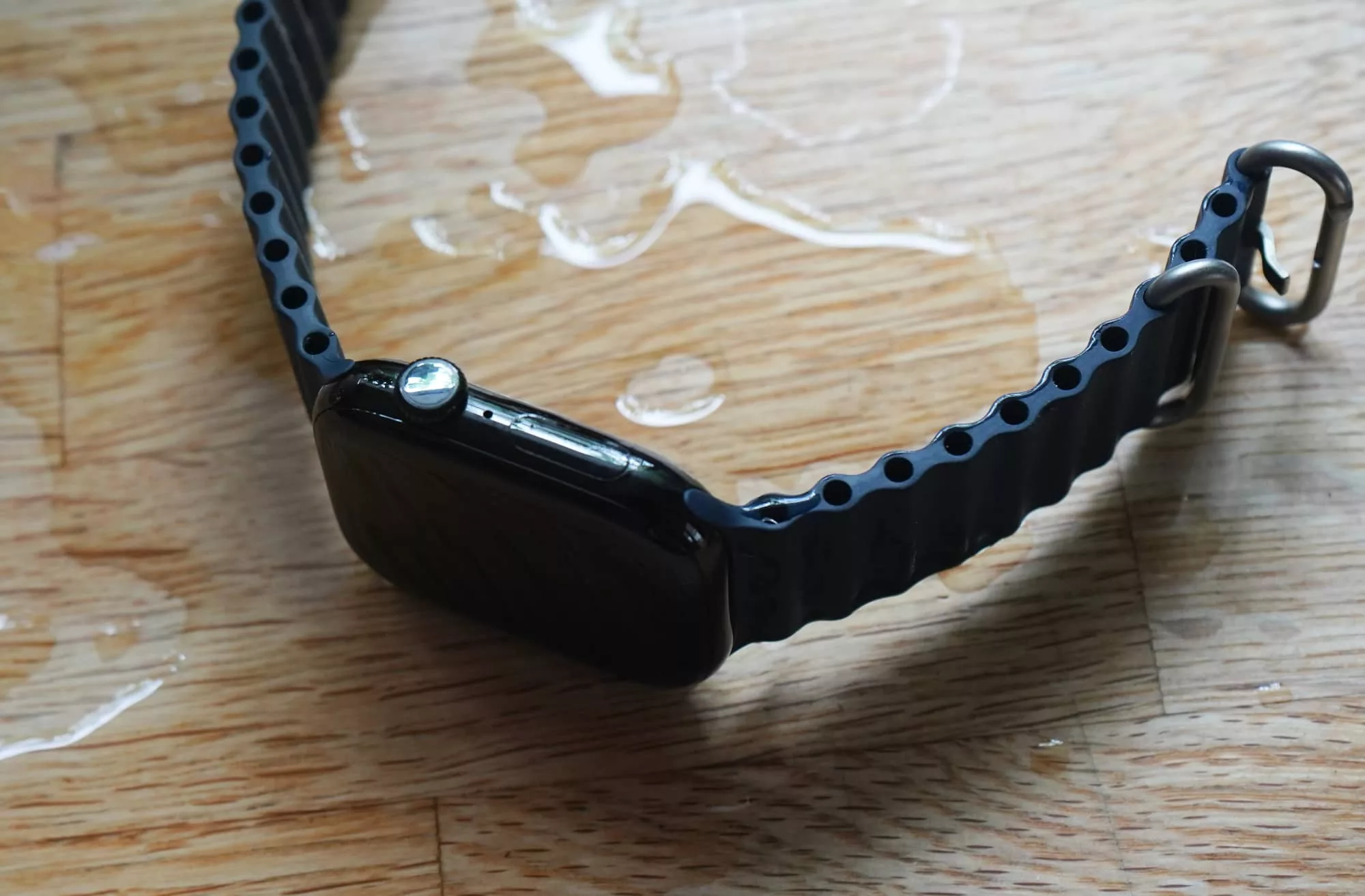
What needs work?
Our main quibble about the price is definitely on the side of durability: testing from previous generations has shown Apple’s Ion-X glass in the aluminium model doesn’t handle scratches tremendously well, with competition from Samsung including sapphire in the standard models at the near the same price.
While that weakens the value slightly for us, at least this year you’re getting more watch for your dollar. The bigger screen helps make up for some of that price difference, even if the durability isn’t quite where we want it to be.
Probably the bigger issue for current owners is that the Series 10 feels very much like an iterative update.
Yes, there’s a new chip, and there are a bunch of health features Australia hasn’t received yet. Sleep apnoea tracking sounds really useful, but until it has passed a TGA check, we won’t see it, and that’s also available on the previous Series 9 and Apple Watch Ultra 2. So that’s not really a big win.
What we love
Most of the changes are in the new design and the bigger screen, and while they may seem like small things, the result is surprisingly sizeable for both.
Take the design, which is something we love: at roughly 35 grams, it’s lighter than the previous 39 gram aluminium Series 9, while the 41g titanium Series 10 is lighter than the 51g of the stainless steel Series 9. Every gram makes a difference on your wrist, and this is certainly a light watch. In fact, if you opt for the 42mm model, Apple manages to shave the weight to under 30 grams. Nice.
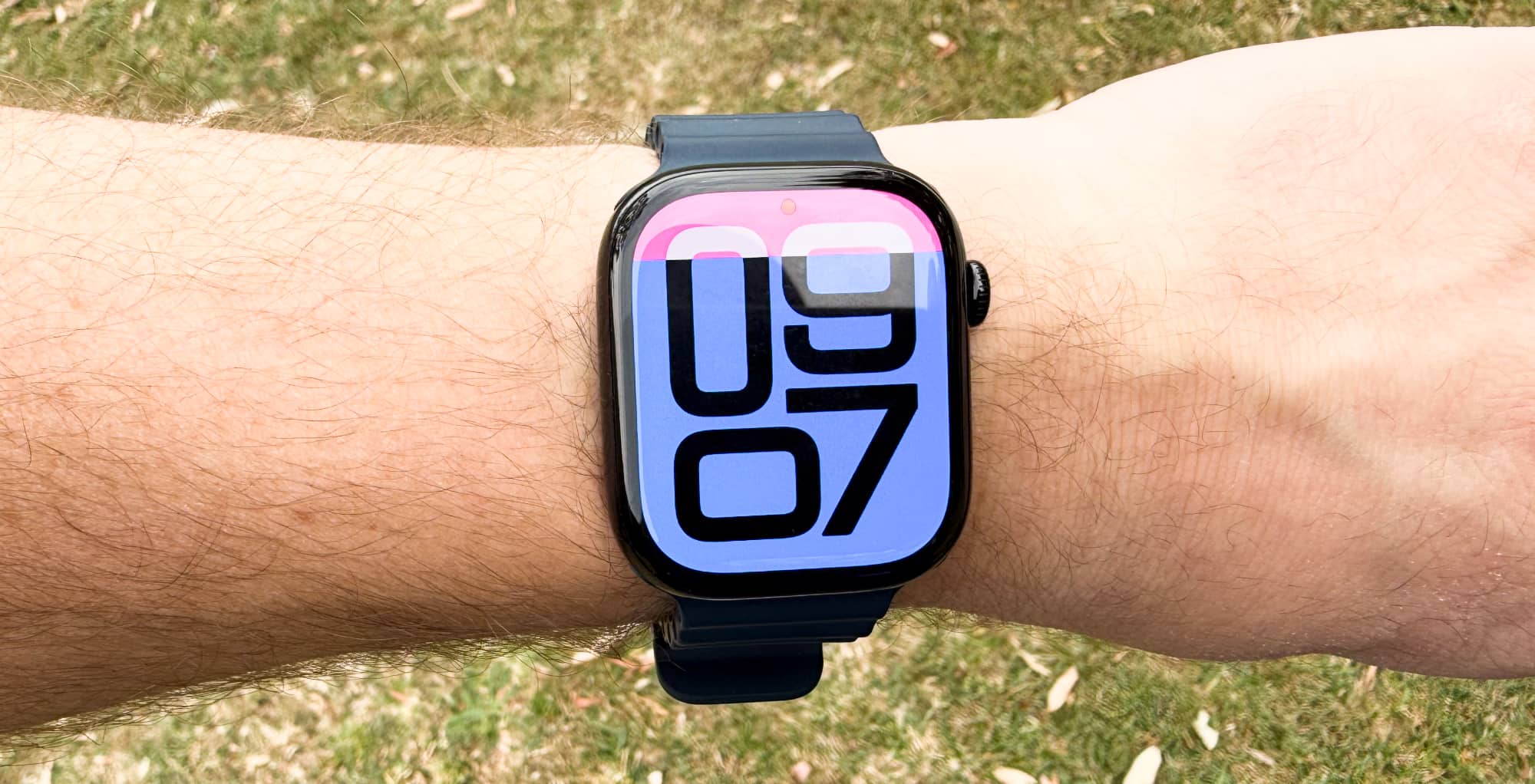
That’s thanks to the design improvements, and your wrist will thank you. The design can feel effortless and make you question whether you really are wearing the watch.
Glance down to your wrist and you’ll confirm that with a large display that shines nicely. The inclusion of a new wide-angle OLED technology is interesting if only because it helps to let you see the bright visuals from your watch at more extreme angles.
There’s no one right way to view a watch — you’re just supposed to glance at it — and so this addition makes it that little bit easier. Much like Apple’s tandem OLED stacking tech in the M4 iPad Pro, it’s another screen technology development you won’t really see coming that makes a difference.
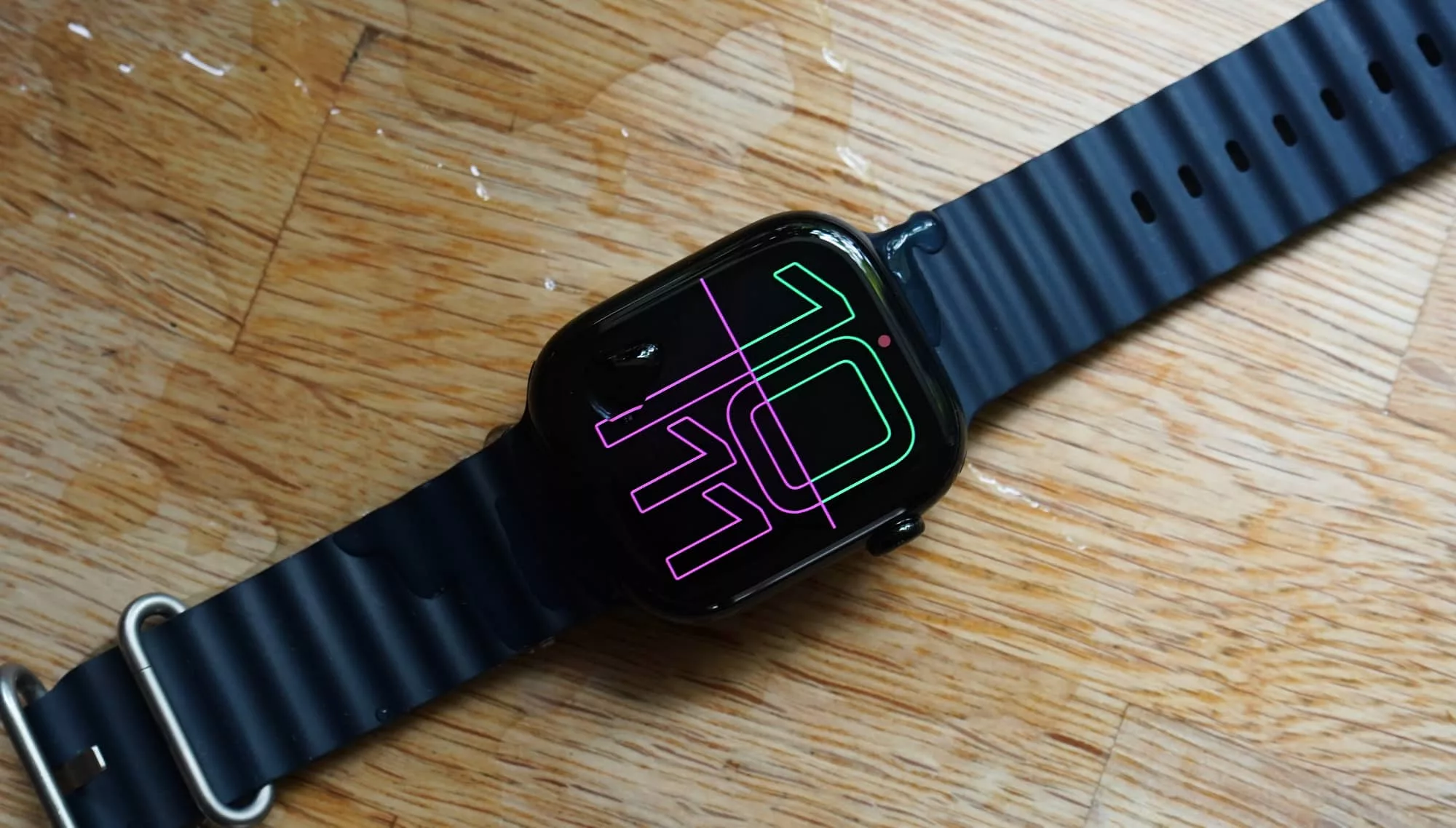
Final thoughts (TLDR)
Working out whether the Series 10 is worth your wrist really comes down to two factors: brand new buyer or upgrading.
For brand new buyers intent on having the slimmest and lightest experience with a great display, it’s pretty clear the Series 10 is worth checking out. This is a wearable that stands out and needs no introduction, even if it may need convincing as an upgrade path.
If you’re coming from an older model, that’s a bigger question mark. For instance, if you’re coming from the Series 9, there’s no reason to make the jump, beyond the new design. Even owners of the Series 8 might struggle to see the difference.
But upgrading from anything older could yield a positive upgrade experience: the new watch is bigger and comes with more sensors. If you have an older Apple Watch, the Series 10 delivers a better looking wearable.
Alternatively, if you’re just after one of the best smartwatch experiences, the Apple Watch Series 10 has your name on it. The battery could be better, but just about everything else is excellent. It’s big, bright, and one of the better wearables around. Recommended.



